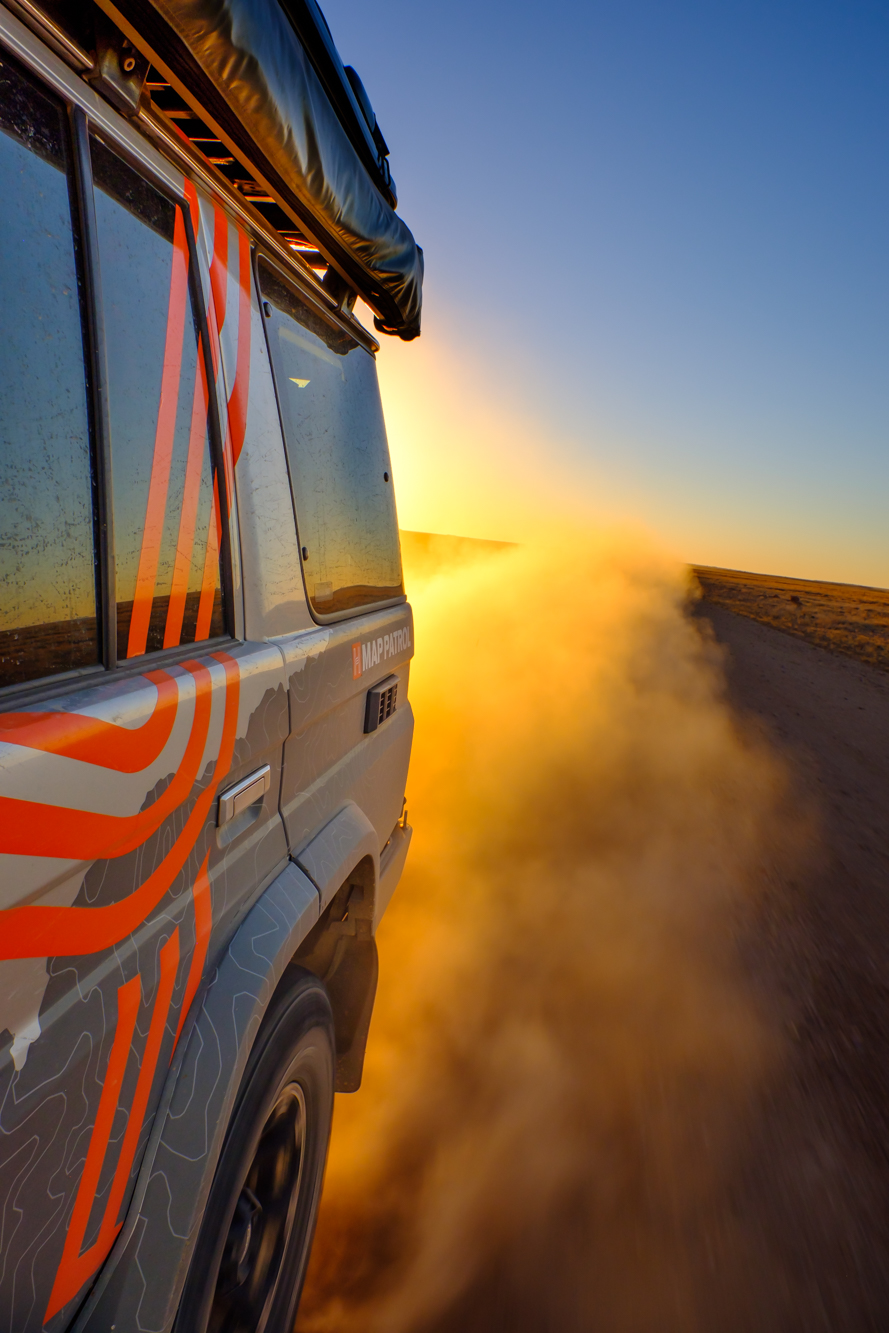I’m happy to say that traveling by four-wheel drive is safer today than ever before. Our modern vehicles are more capable and reliable, navigation equipment is more accurate and easier to use, and communication via satellite devices can bring help in even the most remote of locations. Yet, we’d be fooling ourselves to say that this hobby is entirely without risks. Vehicle recoveries can go wrong, natural factors like weather and animals are unpredictable even in the best of times, and just a moment of inattention can result in an accident on the trail. Of all the threats we might encounter, I’d wager that remote breakdowns are the most likely. Now I’m well aware that there’s an endless number of debates about what tools to carry in your vehicle and which spare parts are necessary, But today we’re not looking at how to fix a problem once it has occurred, but rather how to prevent one from happening in the first place, and that starts with proper maintenance and inspections.
If you’re reading this and aren’t a mechanic, or even mechanically inclined, don’t worry, because the basic inspection checklist you’ll find below is designed for enthusiasts of all skill levels. Its goal is to familiarize drivers with their vehicles so that even if they can’t say exactly what is wrong, they can recognize that there is something out of place. It could be that a component is loose that used to be tight, a bracket might be bent, or a fluid reservoir might be low. By setting a baseline of what is normal with regular inspections, you can greatly increase the chances of catching a small problem before it becomes a major one. So whether you’re departing for a journey across a foreign country or just taking a short drive to a local camp spot, here are the basic checks that we recommend before you set out.
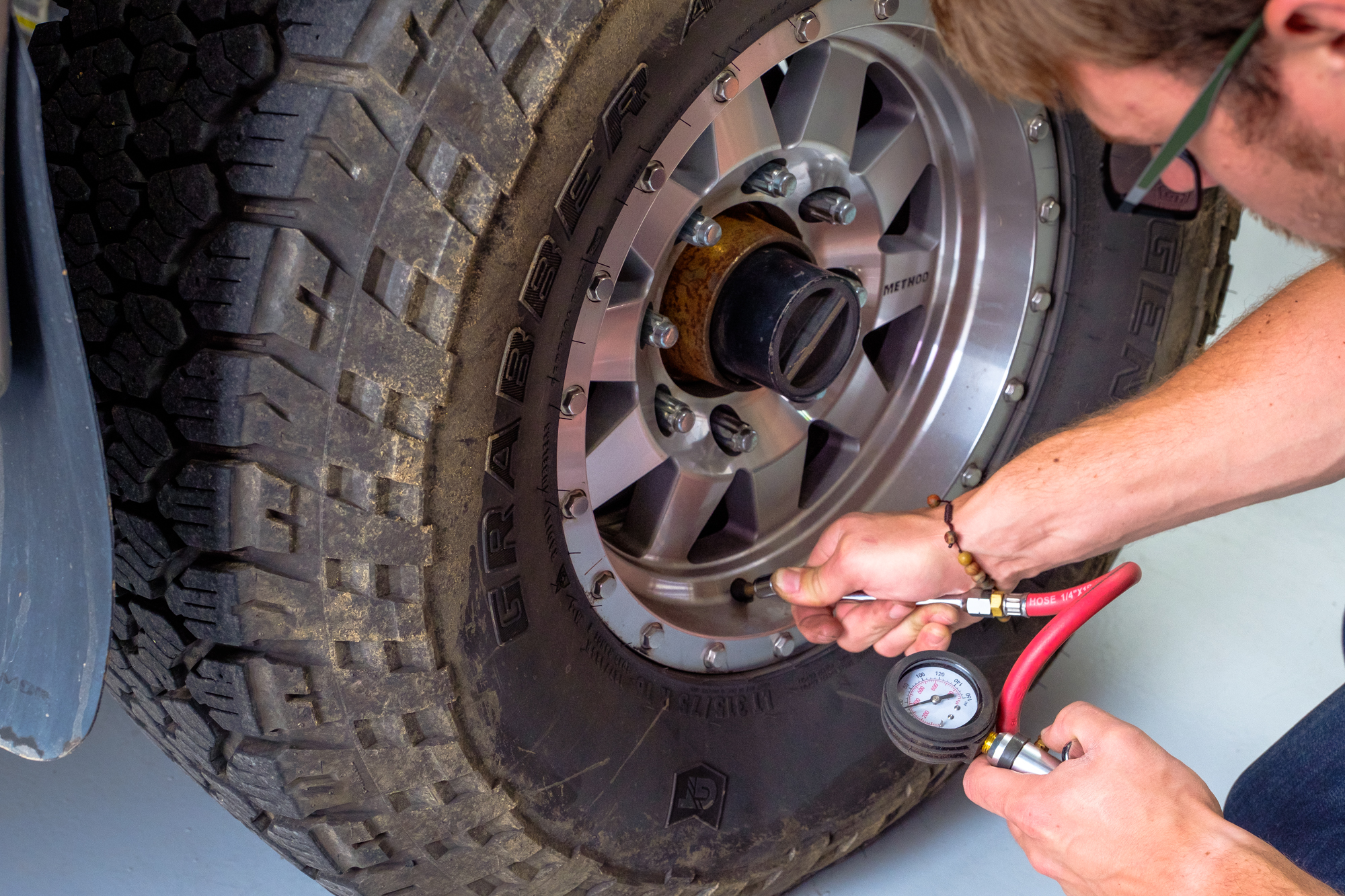
Author’s Note
At a minimum, we recommend visually inspecting each line item, but I prefer to point to or touch every item and say at least two things about it. This ensures that you really see the component in question, and are not just glancing at it out of habit.
Exterior
The Big Picture – Verify the vehicle isn’t leaning in one direction or sagging, which can indicate suspension problems or low tire pressure. Make sure bumpers, racks, tents, and other components look aligned and haven’t shifted with use. Inspect anything that looks off more closely.

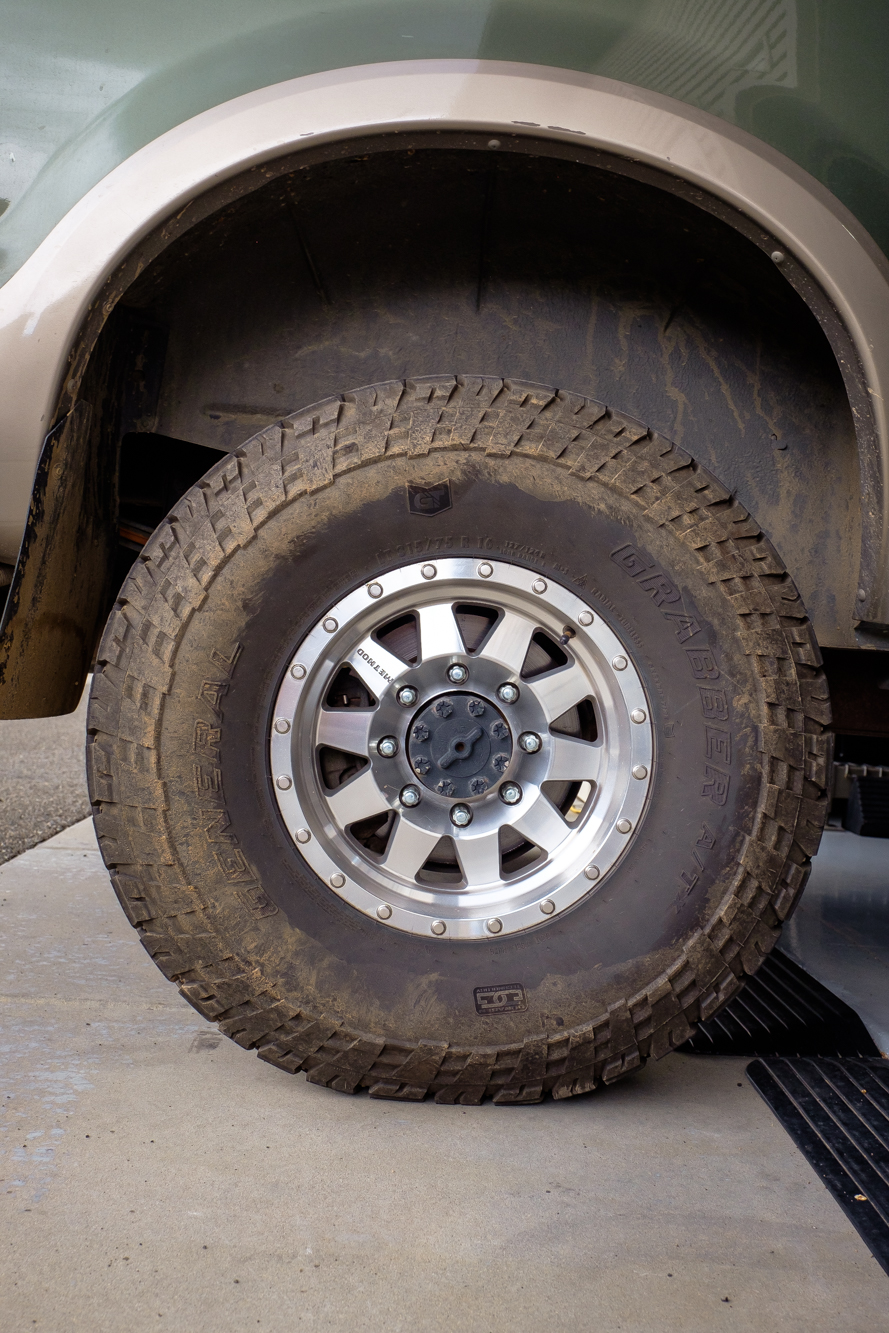
Lights – Make sure headlights, turn signals, brake lights, etc. are all functioning properly and undamaged. Look for condensation of fogging that could indicate a hairline fracture or leak, which might impact operations later.
Accessories – Physically check the condition and mounting of all external accessories including lights, bumpers, skid plates, roof racks, tents, antennas, recovery equipment, etc. Touch or shake every accessory installed on the vehicle, then verify that all components are working properly by actually turning them on and off.
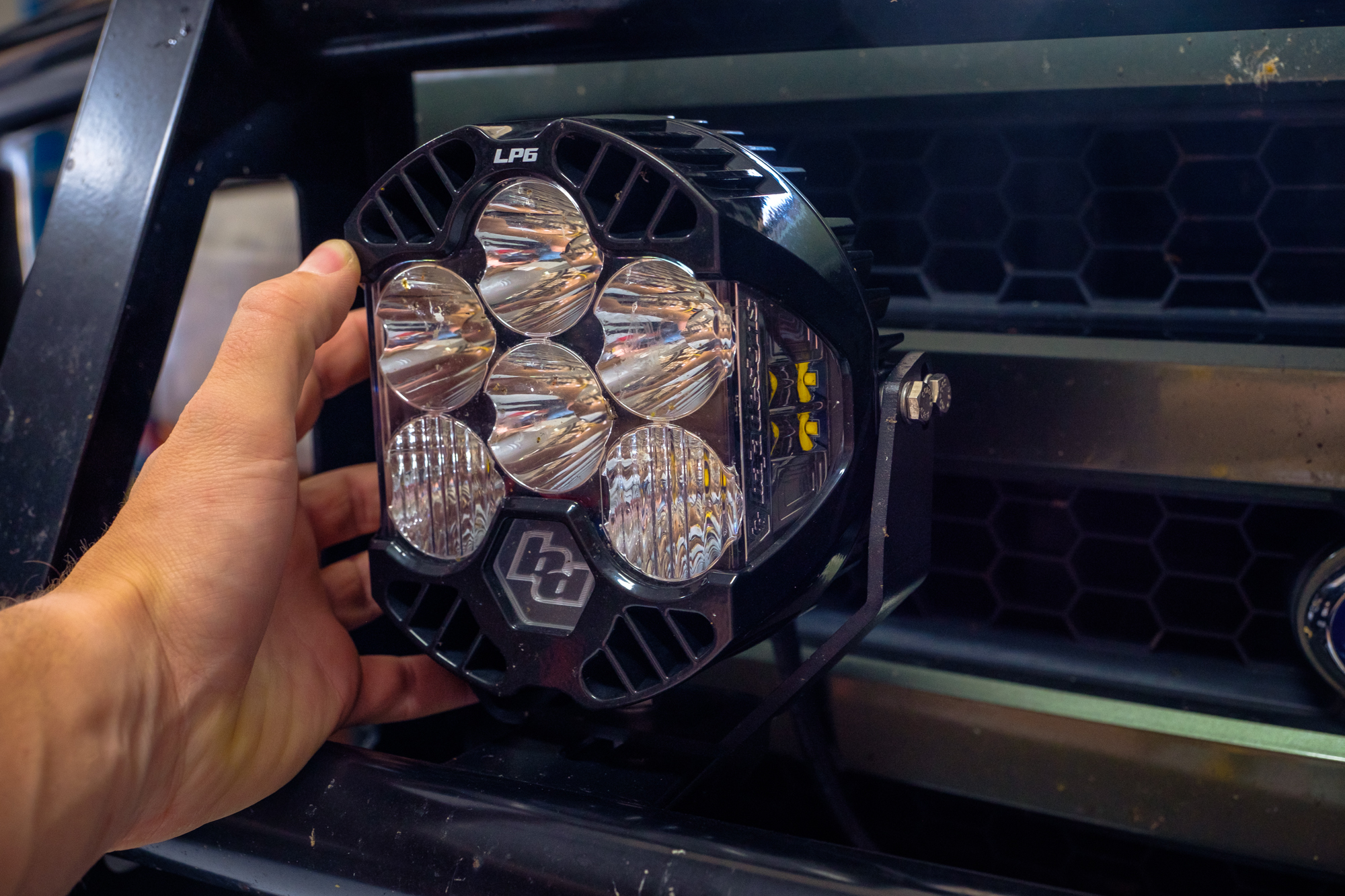
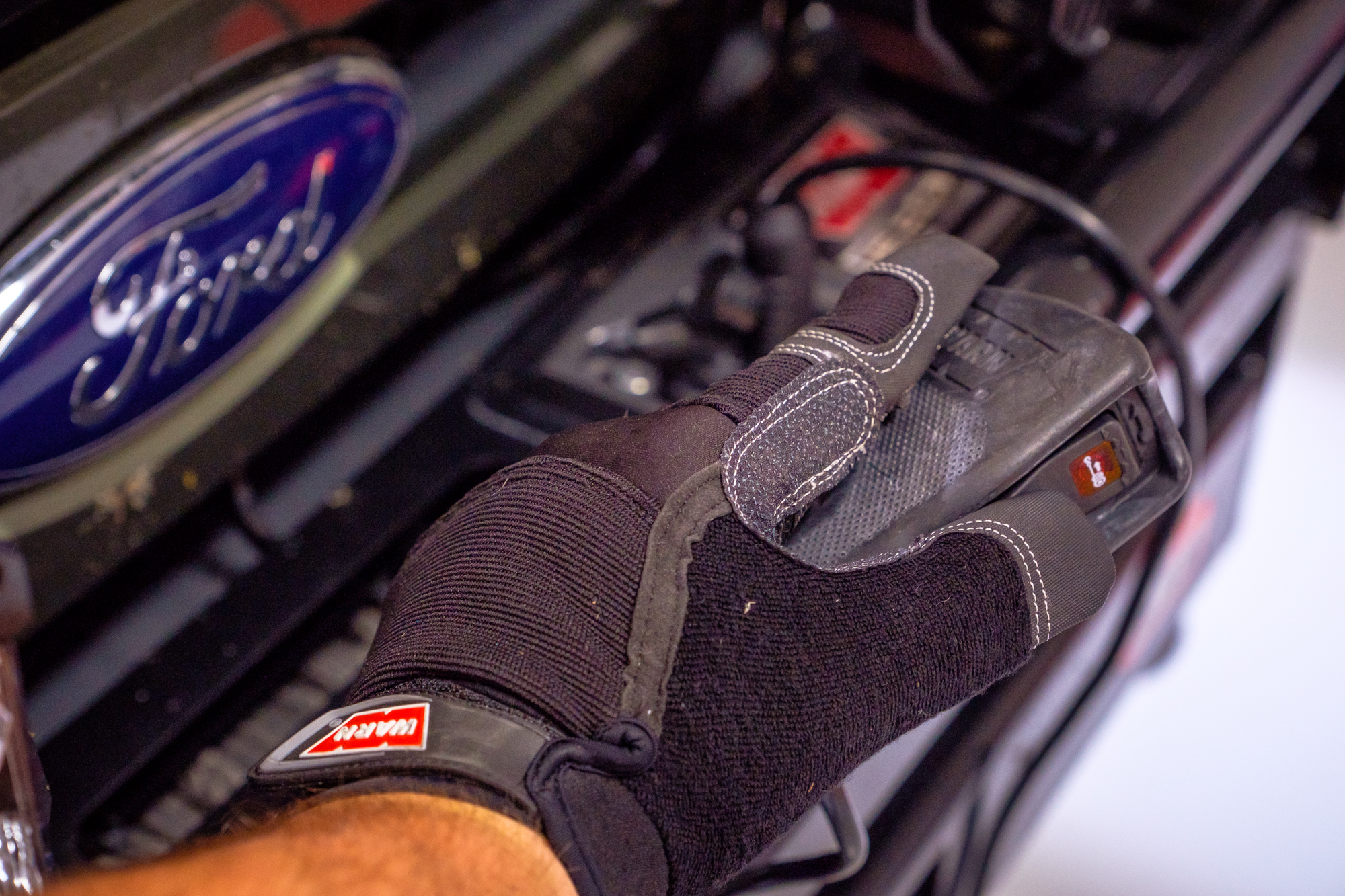
Tires – Check the tire pressure to ensure proper inflation at equal pressures. Look for chips, tears, bubbles, and any other signs of wear that could develop into an issue. Don’t forget to check your spare as well.
Wheels – Check that all lug nuts are in place and torque them to manufacturer specifications. Look for signs of damage to wheels like bends, cracks, etc.

Undercarriage
General – Check for any puddles, drips, or signs of leaks. Shine a flashlight along the entire underbody to search for any wet patches grease, oil, coolant, etc. Be sure to especially check beneath the motor, and shine up into the engine bay. Inspect all factory and aftermarket components like skid plates or compressors for loose mounting hardware, damage, wear, or general issues. Look for an excessive build-up of mud or other debris that may be lodged underneath the vehicle and remove it. Look over the frame to make sure no damage or cracking has occurred.

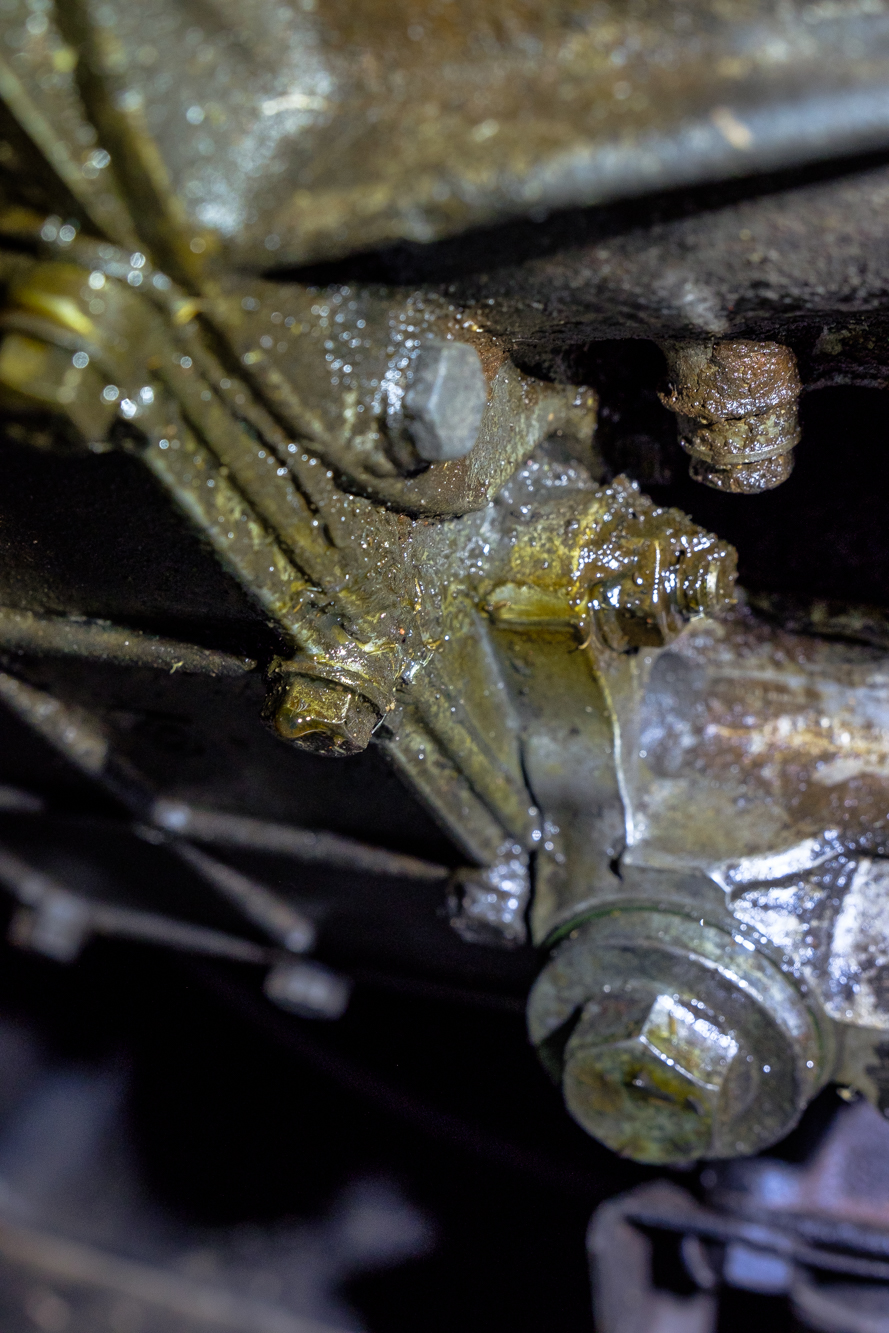
Driveline – Inspect driveshafts and U-joints to ensure they’re secure and functioning properly. Check the transmission and transferase for any signs of leaks, and inspect the axles, CV joints, and differentials for signs of wear or damage.

Steering – Inspect steering system for loose components, clanks, pops, etc. If possible, have someone turn the wheel back and forth while you watch for movement or unusual play. Check for leaks, tears in boots, or other changes from usual operation.

Suspension – Ensure that the shocks and springs are properly seated and secured. Check for damage, leaks, or cracks, and verify the condition of bushings. Look for any discoloration in the paint on the shocks due to excessive heat.
Under the Hood
General – Make sure there are no loose wires, debris, or components. Make sure the spark plugs and distributor cap are tight, inspect all pumps, alternators, etc. and make sure they are secured and functioning properly.
Fluids – Check fluid levels for brakes, clutch, coolant, engine oil, power steering, transmission, window washers, differentials, etc. Some vehicles will have easy methods to check this; others may not. Make sure you have spare fluids in the vehicle.

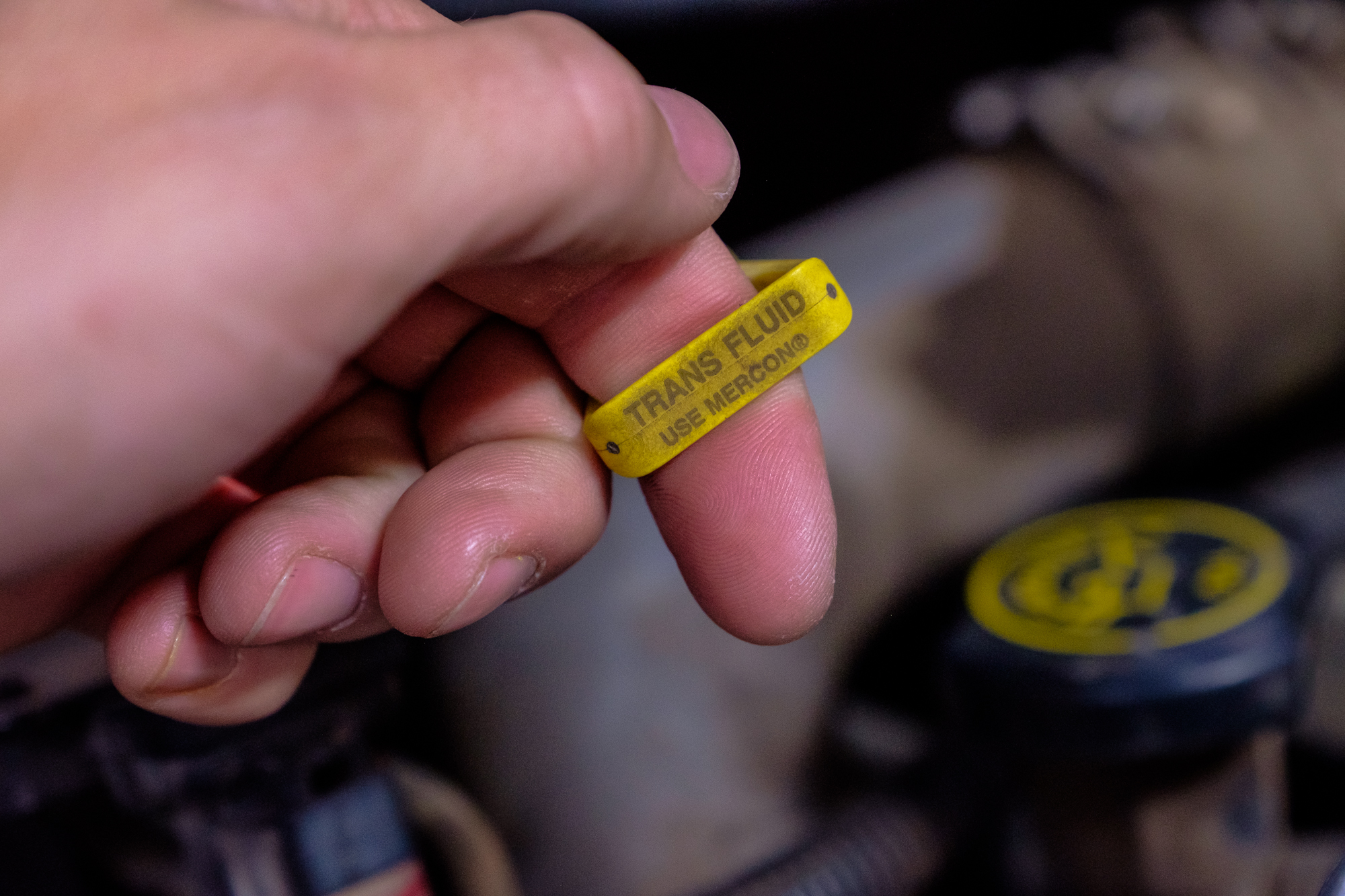
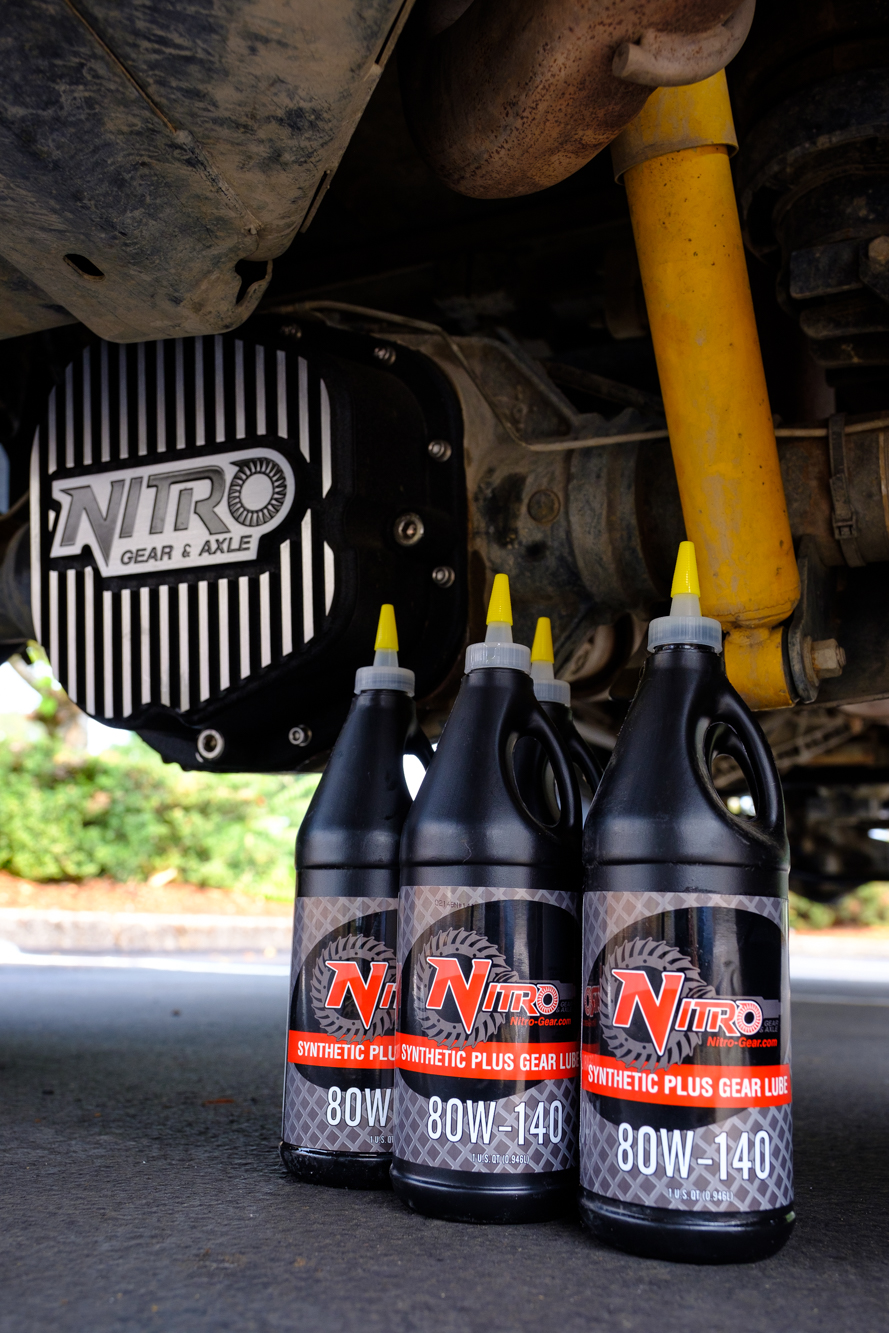
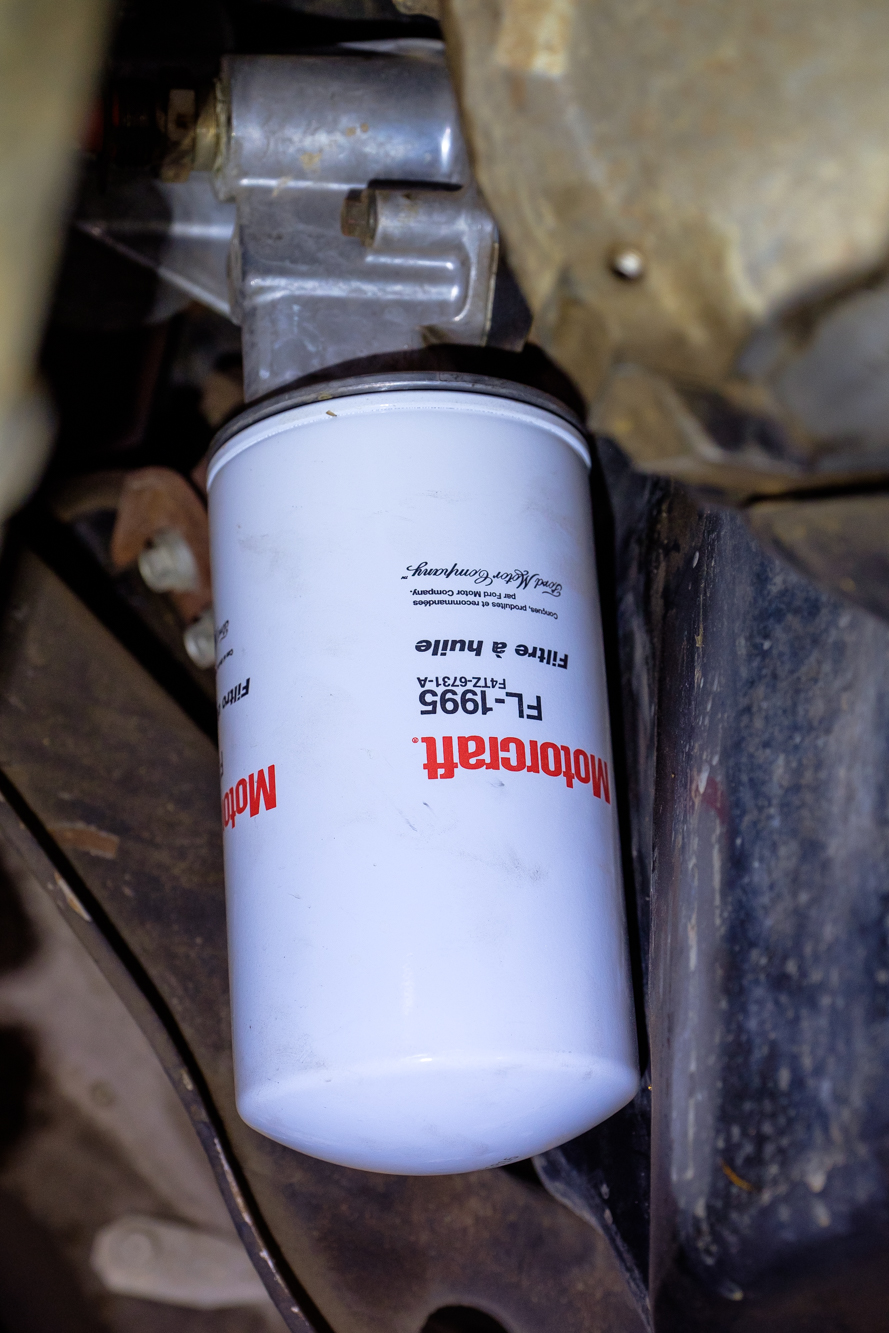
Filters – Make sure the air filter is clean and secure, the engine oil filter is secure and current, and the fuel filter is current.
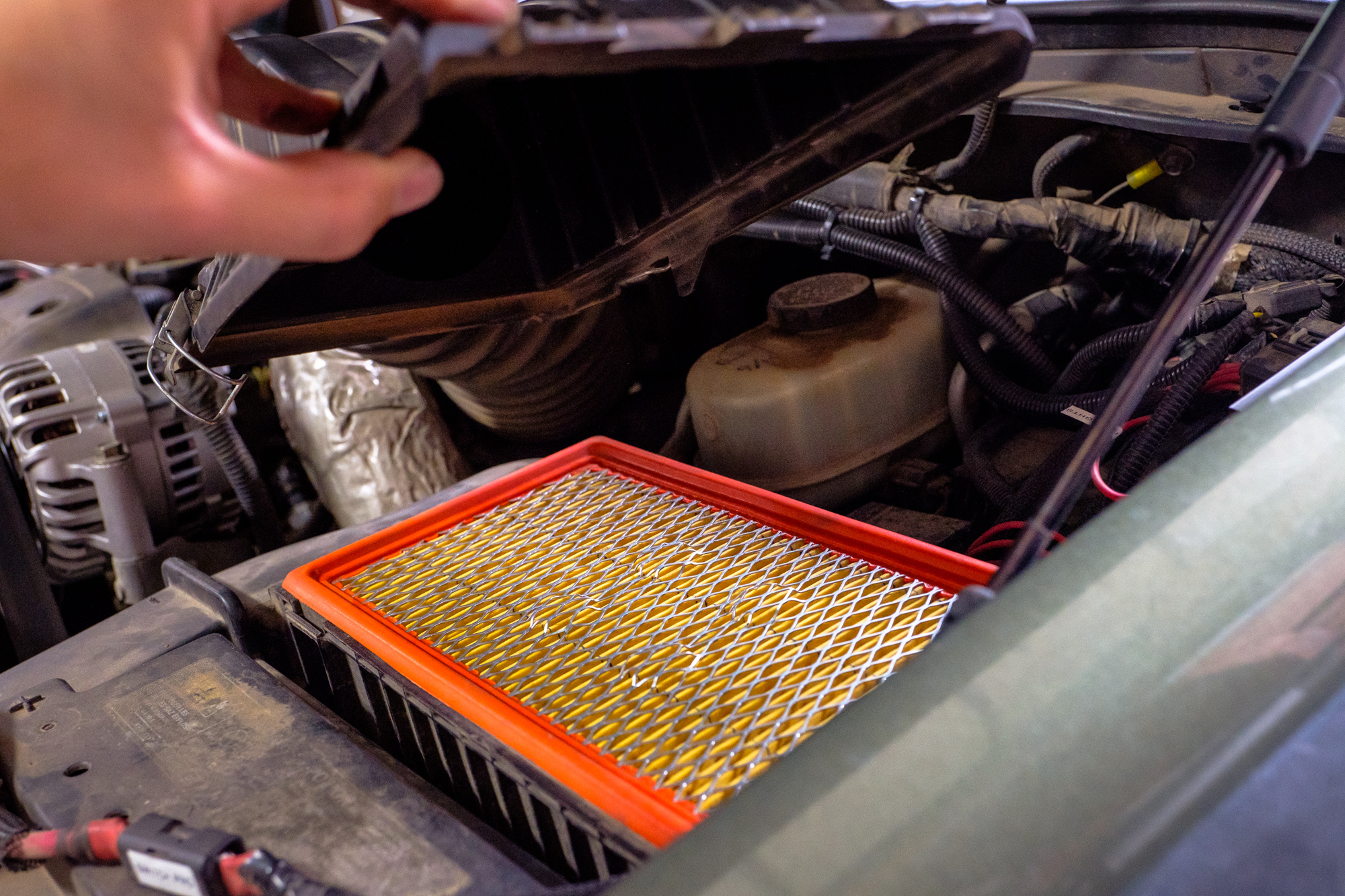
Battery – Ensure that the battery terminals are tight, the voltage is satisfactory, and that they are properly secured in their trays.
Belts and hoses – Inspect all belts and hoses for signs of cracks, wear, leaks or bulges.
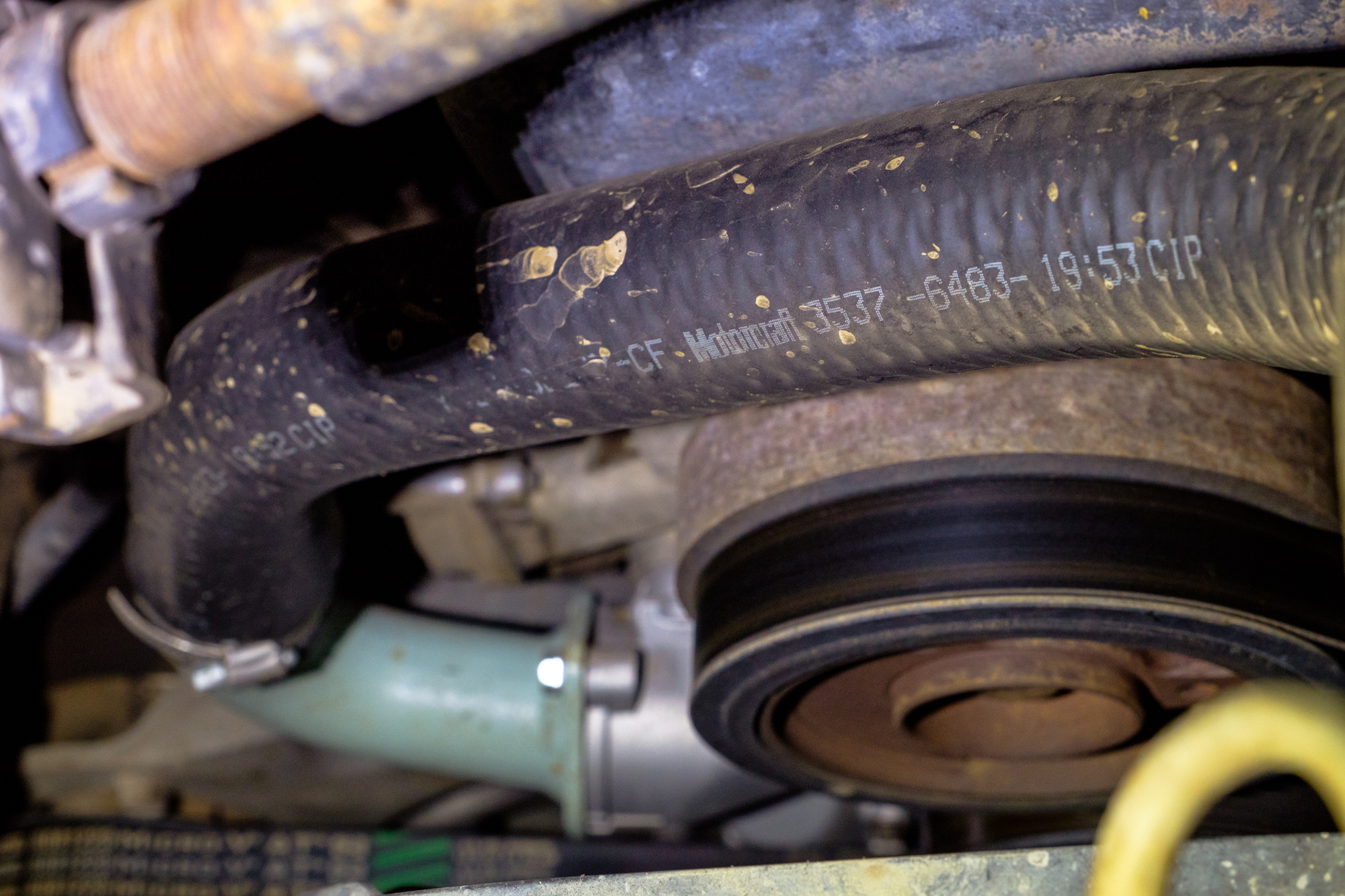
Cooling system – Inspect the radiator, intercooler, etc. for signs of damage or leaks. Make sure the fins are not clogged or heavily bent.
Interior
Safety – Check the seat belts and child restraints to make sure they are functioning properly and in good shape. Verify that the fire extinguisher and first aid kit are current and within reach at a moments notice for emergency situations.

Accessories – Verify that all aftermarket systems like gauges, engine and transmission monitors, GPS, and satellite or radio communications are functioning properly. Make sure any critical handheld devices like sat comms and phone have chargers or extra batteries.
Cargo – Ensure all items in the cab are secured properly with non-bungee straps or hardware.

Supplies – Make sure that at a minimum you are carrying sufficient water and food supplies for your intended journey.
Final Visual Inspection
Do one last walk around your vehicle before you depart to ensure no tools or other items have been left on the vehicle, the hood and doors are properly latched, and all cargo and components are secured. Then grab your gear, turn on your favorite playlist, and hit the road with the confidence that your vehicle is prepared for what lies ahead.
